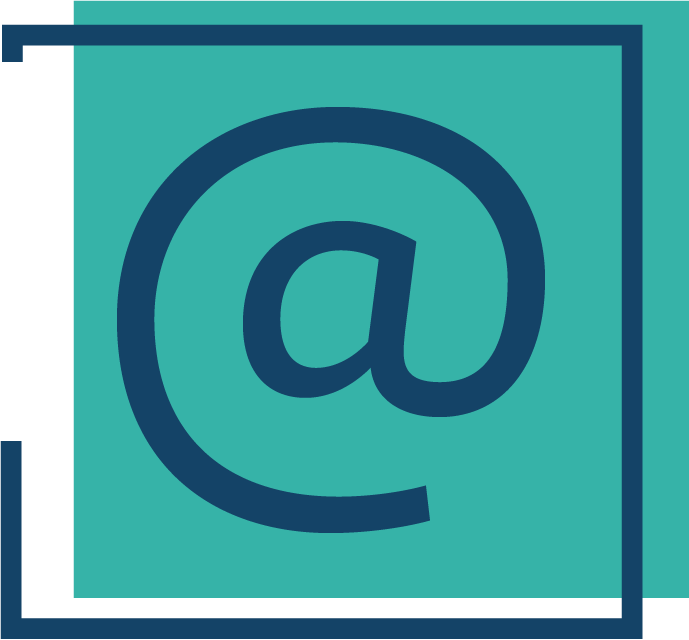The hardest part about writing a summary of a trip is recollecting everything that transpired. Now, reflecting on this peregrination, I am faced with two options. Do I dig into the deep recesses of my brain to regurgitate aimless facts about our speakers and the regions we visited? A formidable task, as I could barely keep the days straight DURING the trip. The second, and more pragmatic method, is to simply “check the sourcebook.”
This trip, like any other, began at the airport. After two fairly nondescript flights, we landed at Ben Gurion airport in Tel Aviv. From there, we checked in at Maccabim, and met our first speaker, Zeev Ben-Shachar, who spoke about modern Israeli history and tested our knowledge of regional conflicts.
The next day we were off to Ben Gurion University, where we met Dr. Guy Ben Porat, a professor who introduced us to the central modern societal problems of Israel, like the influential and all-powerful rabbinate, as well as the past election and Haredi military service. Then we went to visit the Negev, and learned that despite its reputation as a dry and underdeveloped region, a substantial amount of technological advancements take place there.
Our visit to Yad Vashem the next day was probably the most emotional part of the trip for everyone. The way that our tour guide tied together different parts of the exhibit into one complete narrative was eye opening to say the least. I learned one fact from my host family which truly opened my eyes to the suffering that transpired during the Holocaust. The mother of the family led tours at Yad Vashem in the past, and she pointed out a main difference between the museums in Israel and Washington D.C. In Washington D.C. a train is available for people to enter 12 at a time, but at Yad Vashem, the train is on display only. This is because the designers of Yad Vashem thought it was disrespectful for people to think they could relate to the suffering of those who were originally put into those trains, by simply being placed in a cramped environment..
Later that day we went on a tour of the Orthodox Neighborhood with Toby Abrams, and witnessed the dichotomy between the Orthodox and their secular neighbors. As we walked through alleys, we were pointed at, whispered about, and insulted. An interesting experience, this tour gave me an insight into the orthodox neighborhoods in Israel that I had previously lacked.
The next day contained two main highlights; We went to the shuk, a Jerusalem market, and met our Israeli hosts in Beit Shean.
Then it was Friday. We spent most of the day with the Israeli teens swimming at a spring, and the next few days, called the Mifgash, were just a chance for us to experience daily life in the eyes of an Israeli teen. This was my favorite part of the trip, since it offered the opportunity to study side by side the two different worlds in which we live. The way in which we were welcomed into their homes with open arms is an experience you don’t get with just any program.
After the Mifgash ended it was back to the bus. We visited an IDF base and learned more about life on the bases. We were lectured about the strides the IDF has made to include more people in the program, such as language programs and programs for those with learning disabilities.
Monday, we traveled to Jisr A-Zarka, the only Arab community in Israel that sits on the coastline. We met the teens in that community, and saw how much they resembled the Israeli teens that we stayed with. That night we went to a play, completely in Hebrew, with an English translation on screens on both sides of the stage.
The following day we visited another shuk, and had a scavenger hunt activity all over the city of Tel Aviv. Personally, this was my favorite night of the trip, since we got a chance to connect with our new Cleveland Shin Shinim, and had a chance to see the city the way Israelis do.
For our last full day, we reconnected with a graffiti artist that we met in Cleveland, and then went to the Idan Raichel concert. It ended earlier than expected, so our cohort, thoroughly exhausted, returned to the Ruth Daniel hotel in Tel Aviv to sleep.
This was so much more than just a trip for us. We experienced Israel as tourists, as well as insiders. The structure was such that we got a taste of everything, and, at least in my case, the trip left me hungry for more. I learned so much about the political climate, traditions, and social conventions. I look forward to meeting with the other members of ICNEWS and the advocacy group in the coming year!
